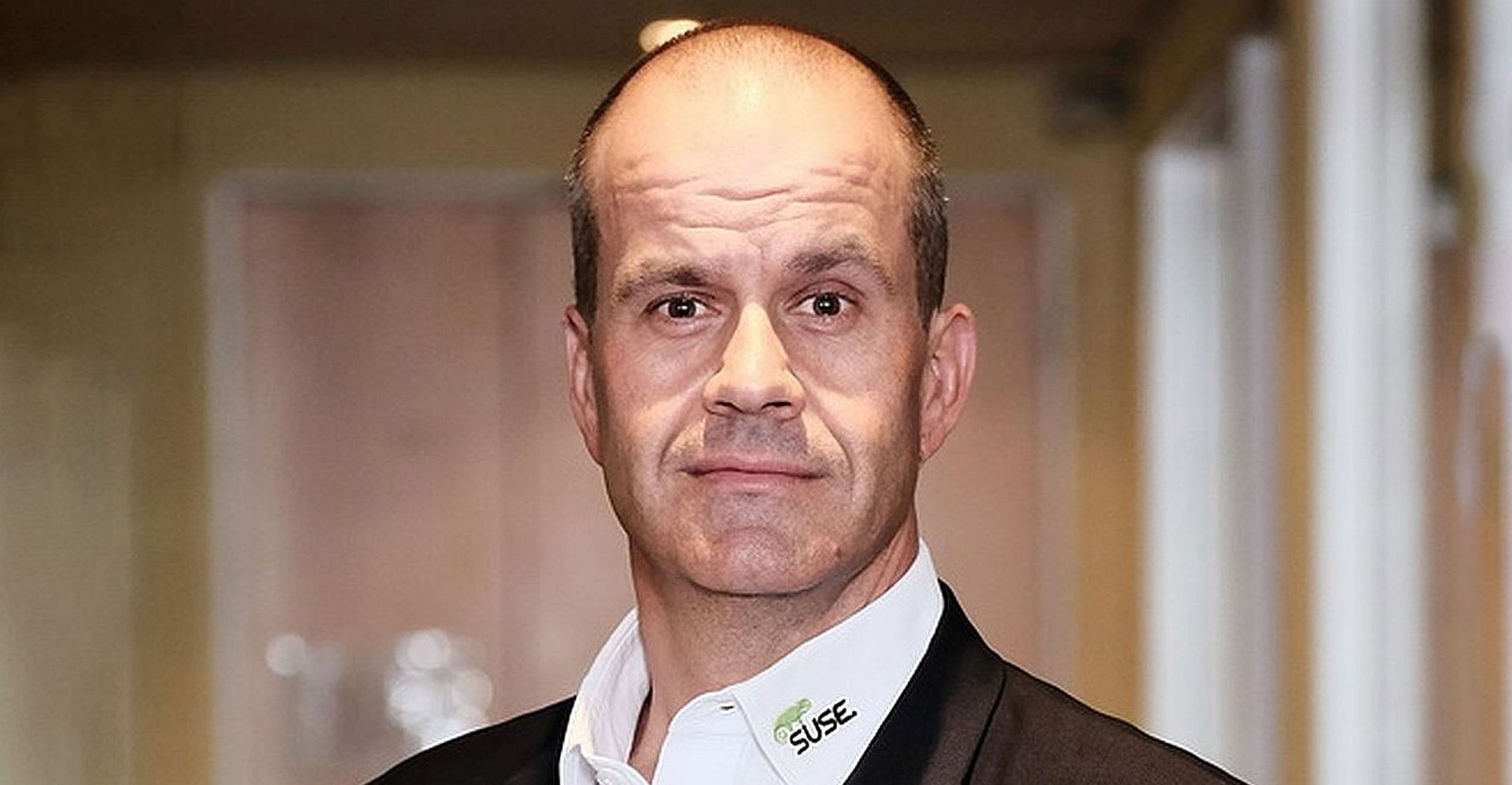“Cloud” is the big buzzword now, with Covid-19 driving adoption and spending expected to surpass US$1-trillion in 2024, at the same time it sustains a double-digit compound annual growth rate of 15.7%, according to International Data Corp.
However, adopting cloud solutions becomes substantially more complicated when you are looking at an enterprise-level system run by something like the big gorilla that is SAP. Any migration needs to happen with minimal risk and disruption.
To look at how to move from what is rapidly becoming outdated technology to the cloud, a group of SUSE experts hammered out some answers at a recent TechCentral roundtable. SUSE creates Linux applications for several SAP platforms, including SAP/Hana.
One of the aspects driving business to the cloud, says Morne Rossouw, global head of presales at SUSE, is that “we can’t do business like we used to do business”.
“You need to redesign and rethink your business processes and your model, and that will dictate the future architecture that you need to put in place. You know, what stays on premises? What’s hybrid? What goes into cloud?”
When it comes to cloud and SAP, you cannot rest on your laurels because, as Rossouw points out, SAP has said it will provide a maintenance commitment for SAP S/4Hana until the end of 2040. At the same time, SAP will provide mainstream maintenance for core applications of SAP Business Suite 7 software until the end of 2027, followed by optional extended maintenance until the end of 2030.
Not that simple
This, he says, has led to several “interesting” conversations. “It’s really important for customers, whatever versions they’re on, whatever platform they’re on, to understand where they fit into that particular timeline. Because it’s not as simple as, whatever people are on today, they have a guaranteed lifecycle support until 2040.”
Matt Eckersall, vice president and GM for SAP at SUSE, says there’s a major programme of work to help SAP’s customer base in a broad cloud migration, which will take quite a few years, and SAP is seeing how it can help that migration path.
Rossouw explains that this also gives businesses the opportunity to rethink their businesses. “You need to look at your business processes; you need to look at your business model — and especially now, this year, with everything changing.”

It’s also important that the architecture and decisions made around that should be subservient to the business model, business processes and where the company needs to go, says Rossouw.
In the meantime, though, Rossouw explains that support is provided for core applications of SAP Business Suite 7 software until 2027 and customers have the option to pay for maintenance until 2030. There will also be third-party providers that would probably extend support to, say, 2035, he says.
“But what has happened here is, this is a grace period. This is such a gift that customers must use because we’re talking about your process and business transformation. Ideally, you want to think about those things. You want to ideate. You want to make sure you make the right decisions and those shouldn’t be technology-led decisions… Those should be business-led decisions.”
SUSE believes in providing choice to its customers. Its role is in helping customers on this journey decide how they want the business to function, how they want the processes to function, and how processes can be standardised.
It’s a case of adopt, rather than adapt.
Matthew Lee, cloud and strategic alliances manager for Africa at SUSE, adds that SAP partners are equipped to have these discussions. “Customers don’t employ partners based on only price and their response. They actually employ those partners to do work based on the skills and the knowledge and the trust that they have with those organisations.”
 ‘Wizards’
‘Wizards’
As Rossouw says, SUSE assists by looking at improving the reliability and security and ease of use of the tooling. “You know, by having wizards to reduce that complexity that we’re talking about.”
When it comes to migration, Eckersall explains that it is important to have these sorts of projects and road maps as a collaborative exercise between vendors, partners and customers. Speed of deployment and automation is critical, he adds.
From an SAP perspective, there have been great tooling methodologies and learnings over the years, to get your data right. Also, part of the SAP landscape and that of its partners are methodologies already documented, and detailed, on what you should do in data migration as part of your SAP move from on-premises to S/4 or to public cloud, he adds.

The ideal is to automate as much as possible and deploy human capital into areas where it is needed, says Rossouw.
Eckersall adds that, when considering the broader move to the cloud, one should also take into account that there are broader application processes that can be moved to a cloud environment. For example, SAP is looking at how to evolve what used to be called the SAP cloud platform and which is now known as the business technology platform.
That, he says, talks to having a data strategy — and that’s not just an SAP conversation. “That’s very much a customer conversation, as to where their data repository is and what their data strategy is. Because that can run in parallel to the core ERP processes running in the cloud.
“The move to the cloud is a broad conversation, so it’s not about whether I think SAP is ready or not,” says Eckersall. “SAP is absolutely ready.”
In addition, adds Lee, one doesn’t need an enormous team, but rather an educated one. “Hire the best, keep that talent, develop that talent, put them into those projects.”
- This promoted content was paid for by the party concerned




